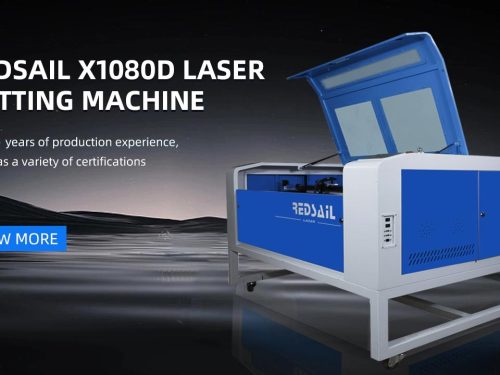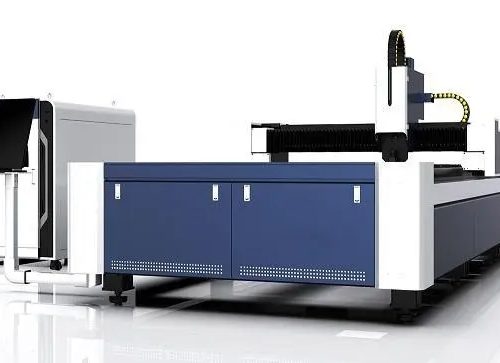
Glass is an important industrial material. The requirements for glass cutting from all walks of life are becoming more and more refined, precise and strict. The traditional glass cutting technology has gradually failed to meet the requirements for efficient, high-quality and special-shaped processing required by production. The new technology of laser glass cutting machine has been popularized and transplanted to mass production lines. After a long time of engineering application verification, it has not only been fully proved that the technology is feasible, but also achieved obvious economic benefits.
At present, glass can be seen in many industries of the national economy, such as automobile industry, construction industry, medical treatment, display, electronic products, etc., small optical filters as small as a few microns, glass substrates for notebook computer flat panel displays, and large glass panels used in large-scale manufacturing fields such as automobile industry or construction industry.
As an advanced processing technology, laser glass cutting machine has been widely used in industrial production. Because its laser beam has high brightness, high directionality, high monochromaticity and high coherence, using laser to cut glass has incomparable advantages over traditional methods. Therefore, laser cutting technology has become an important tool in the glass processing industry.
The ultra-fast laser energy irradiates the material to produce nonlinear linear absorption, and produces micro-modified lines running up and down inside the material. The micro-modified lines form a closed pattern, and the required products are obtained by using stress cracks. Because there is no mechanical grinding process, there will be no debris and micro-cracks. Therefore, the intensity of laser cutting edge is also stronger than that of traditional scribing and segmentation methods, and the flexible characteristics of laser make it easy to achieve efficient irregular cutting.
Laser glass cutting machine has obvious advantages such as fast processing speed, high precision, simple parameter setting, and has become the choice of mass processing. However, traditional glass cutting methods use cemented carbide or diamond tools and water cutting, and there are some defects in using these methods for scribing and cutting. In addition, the mechanical force acting on the thin glass will also cause loss of output.
In the fields of automobile, construction and home appliances, the common type is soda-lime glass, also known as alkaline glass, with a general application thickness of 1.6-10mm; In the field of flat panel display and electronic products, borosilicate glass or non-alkaline glass are commonly used, and the thickness is generally 1mm or less. In different fields, laser processing glass has different thickness and processing speed.










